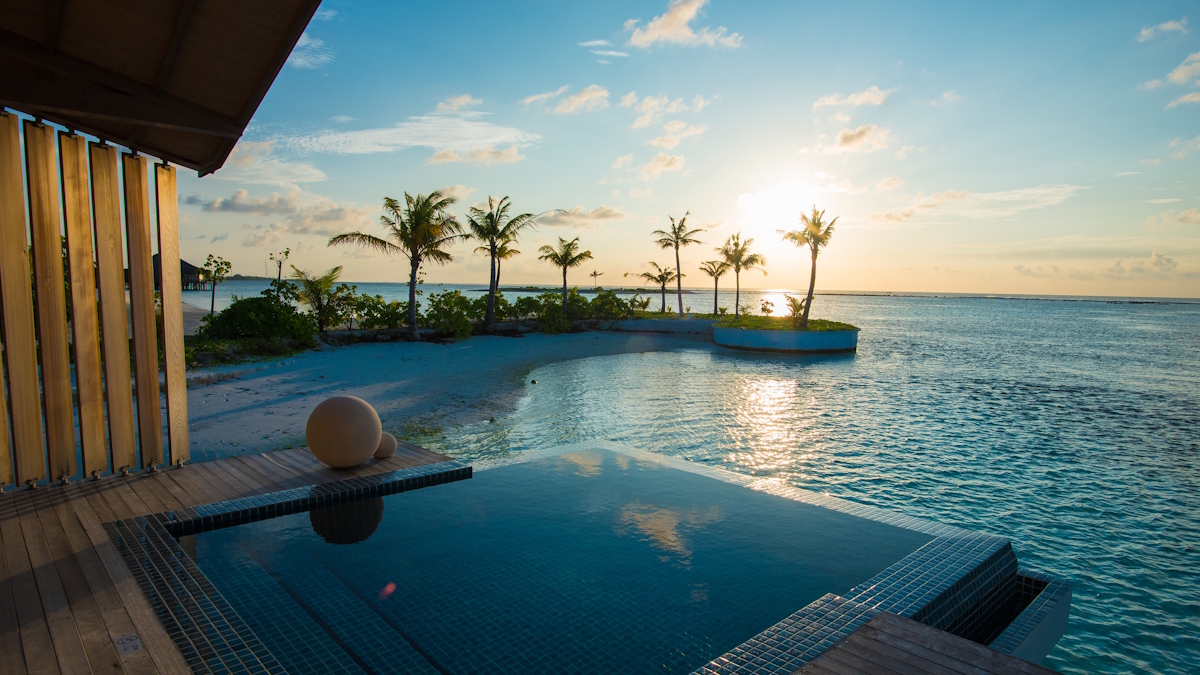The wellness industry in Southeast Asia (SEA) is experiencing remarkable growth, presenting lucrative opportunities for investors, particularly in the wellness real estate sector. An aging population, rising disposable incomes, and a burgeoning interest in health and wellness lifestyles is driving the trend.
According to a recent whitepaper by CapitaLand Investment, the global wellness economy has seen significant post-pandemic growth, with consumers emphasising health and wellness. The wellness real estate market, in particular, expanded by 59.9% between 2020 and 2023 and is projected to reach $913 bn by 2028.
“Southeast Asia is uniquely positioned to capitalise on the global embrace of health and wellness as a lifestyle priority, making it a prime hub for wellness, innovation and investment,” the whitepaper states.
The region’s aging population bolsters the demand for wellness services. Southeast Asia’s population aged 65 and above is expected to grow by 32.7 mn by 2035, leading to increased demand for wellness services, preventive medicine, and senior housing. Countries like Singapore and Thailand are expected to see the most pronounced demographic shifts, while the region’s economic expansion is predicted to outpace major global economies by 2035.
Singapore and Malaysia lead SEA wellness innovations
Singapore has positioned itself at the forefront of Southeast Asia’s wellness industry, setting ambitious goals to become an urban wellness destination. The Singapore Tourism Board projects the city-state’s wellness tourism sector will reach $1.1 tn by 2025. As part of its public health initiatives, Singapore’s National Parks Board has established 16 therapeutic gardens aimed at easing symptoms of autism, dementia, anxiety, and ADHD, showcasing a strong commitment to mental health and holistic well-being.
Malaysia is also advancing significantly, exemplified by developments like KL Wellness City. This emerging integrated township combines advanced medical facilities, retail services, and contemporary residences, capitalizing on Malaysia’s robust medical tourism industry and creating attractive investment opportunities in the wellness real estate sector.
Investment opportunities in SEA wellness real estate
Investors are increasingly attracted to real estate that integrates wellness and healthcare elements, including apartments, hotels, senior living developments, and medical facilities. The contribution of these assets to total real estate transactions has been growing across regions since 2014.
According to data from Real Capital Analytics, wellness-related real estate attracted $221 bn globally in 2023. Comparing the periods of 2019–2023 and 2014–2018, Asia-Pacific real estate focused on living and healthcare sectors experienced the strongest growth, rising by 32%, while Americas and Europe, Middle East and Africa (EMEA) grew 29.2% and 23.2%, respectively.
“This indicates significant growth potential for the APAC market,” says Chew Yi Wen, Head of Investment, Southeast Asia, at CapitaLand.
According to Wen, Southeast Asia’s living and healthcare operators are actively seeking expansion to meet the region’s growing demand for wellness services. While the living and healthcare sectors are both growing, the living sector is currently more mature than the healthcare sector. Prominent operators are pursuing growth through strategic partnerships, mergers and acquisitions, and infrastructure investments.
“These trends present attractive investment opportunities in healthcare and wellness related real estate where asset owners typically entrust the operation of their assets to established and reputable healthcare or wellness operators through master lease arrangements, ensuring professional and efficient management,” explains Wen.
“Given the importance of policies around medical tourism and healthcare, it is critical to identify trusted partners with access to deal flow and strong healthcare/wellness operating capabilities,” Wen adds.

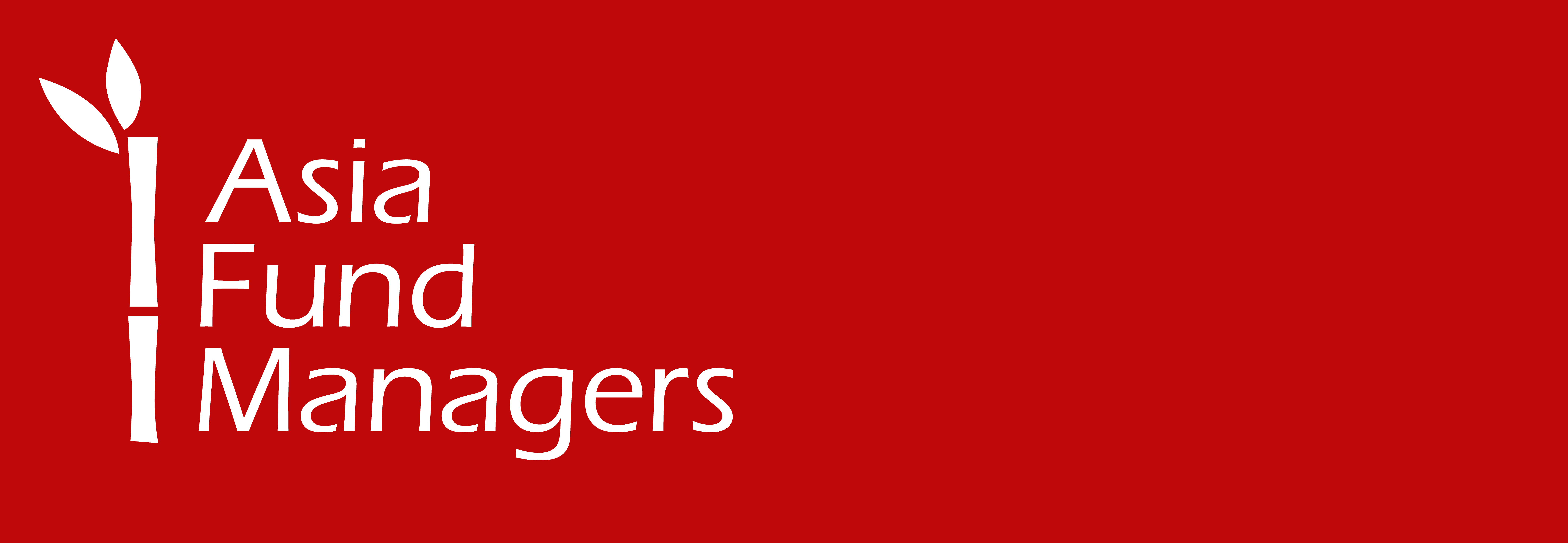
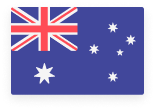 Australia
Australia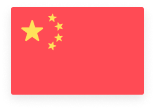 China
China India
India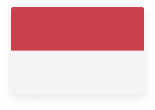 Indonesia
Indonesia Japan
Japan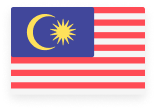 Malaysia
Malaysia Philippines
Philippines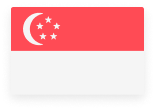 Singapore
Singapore South Korea
South Korea Taiwan
Taiwan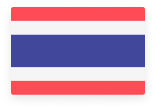 Thailand
Thailand Vietnam
Vietnam
